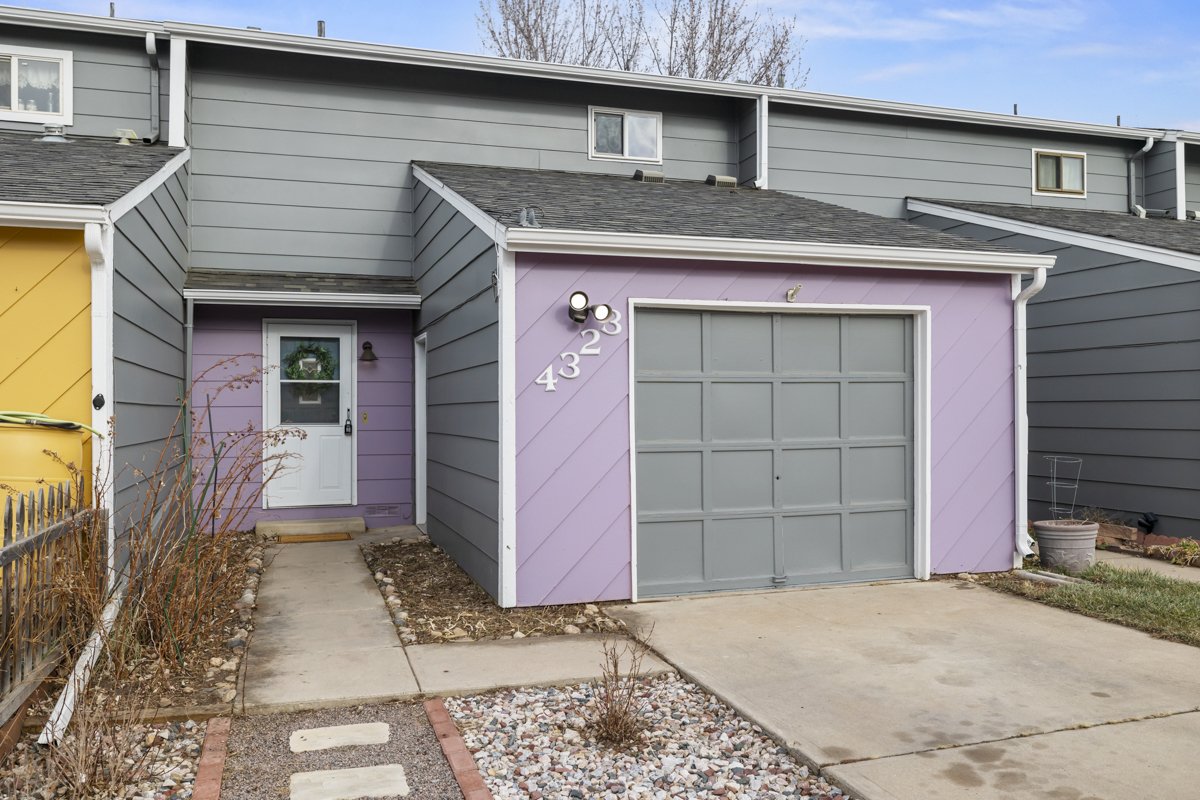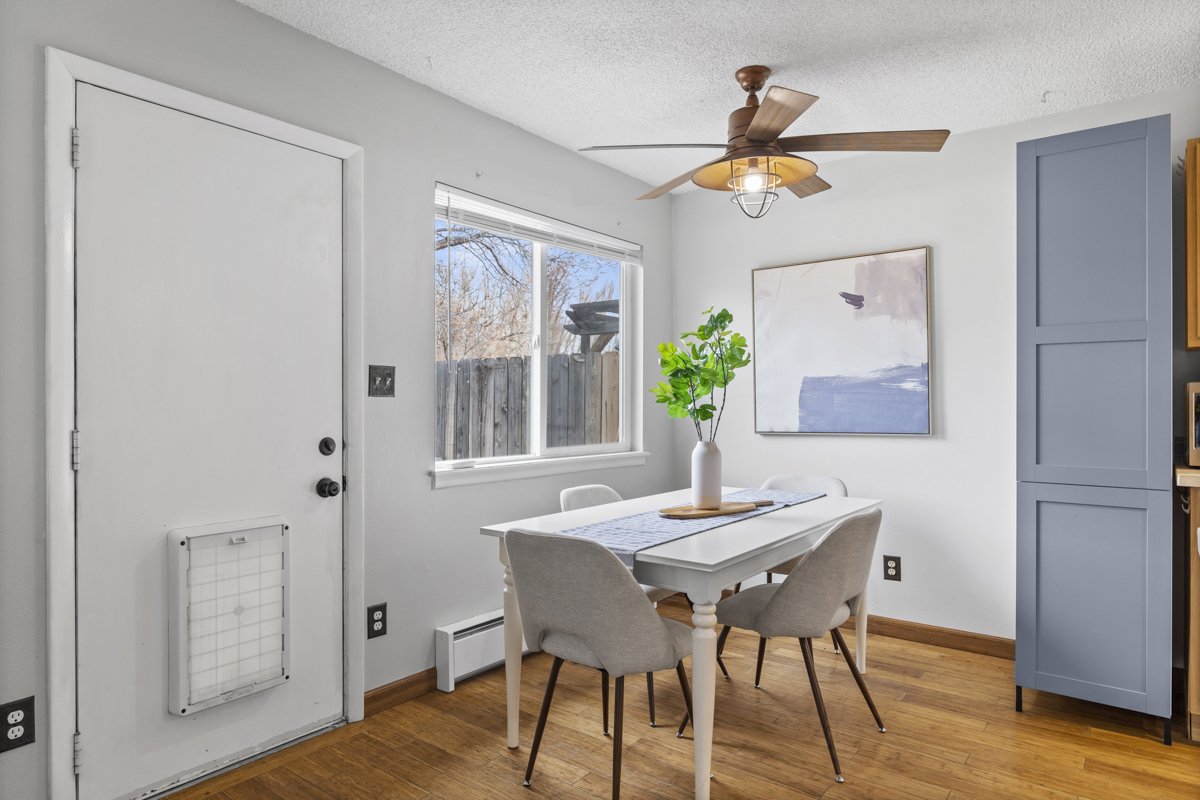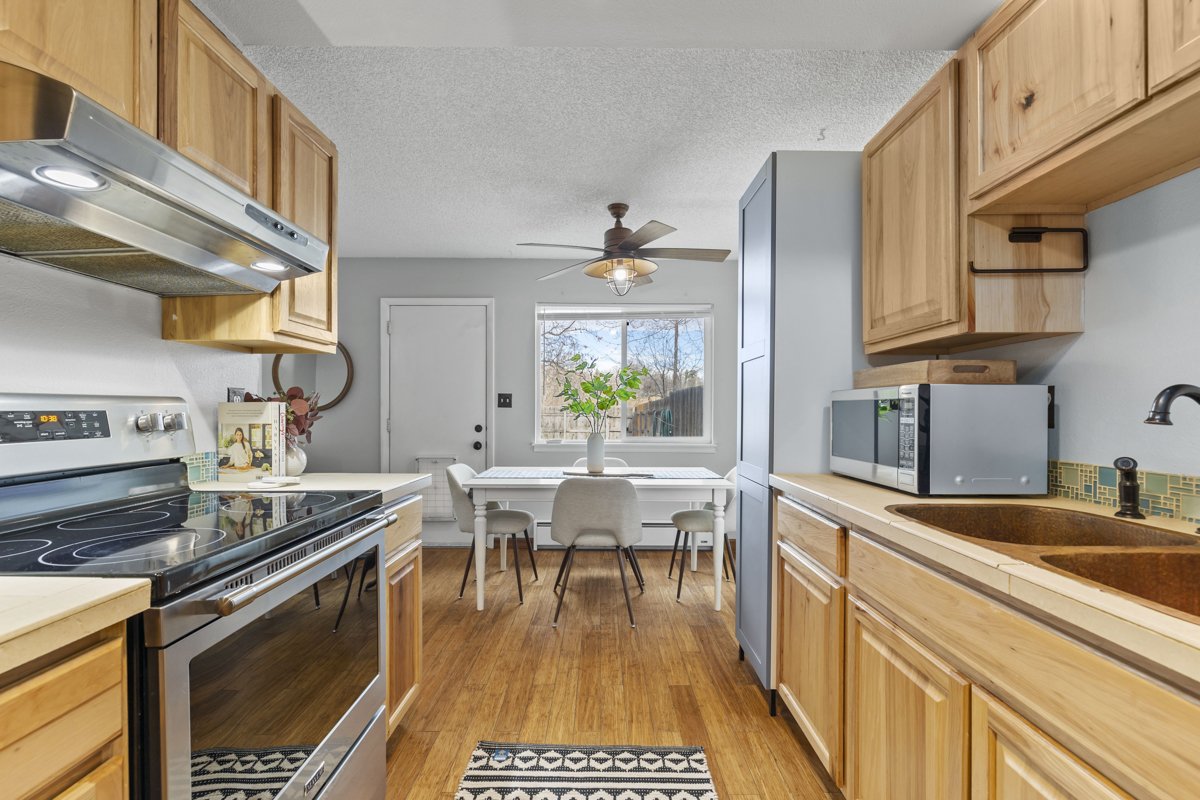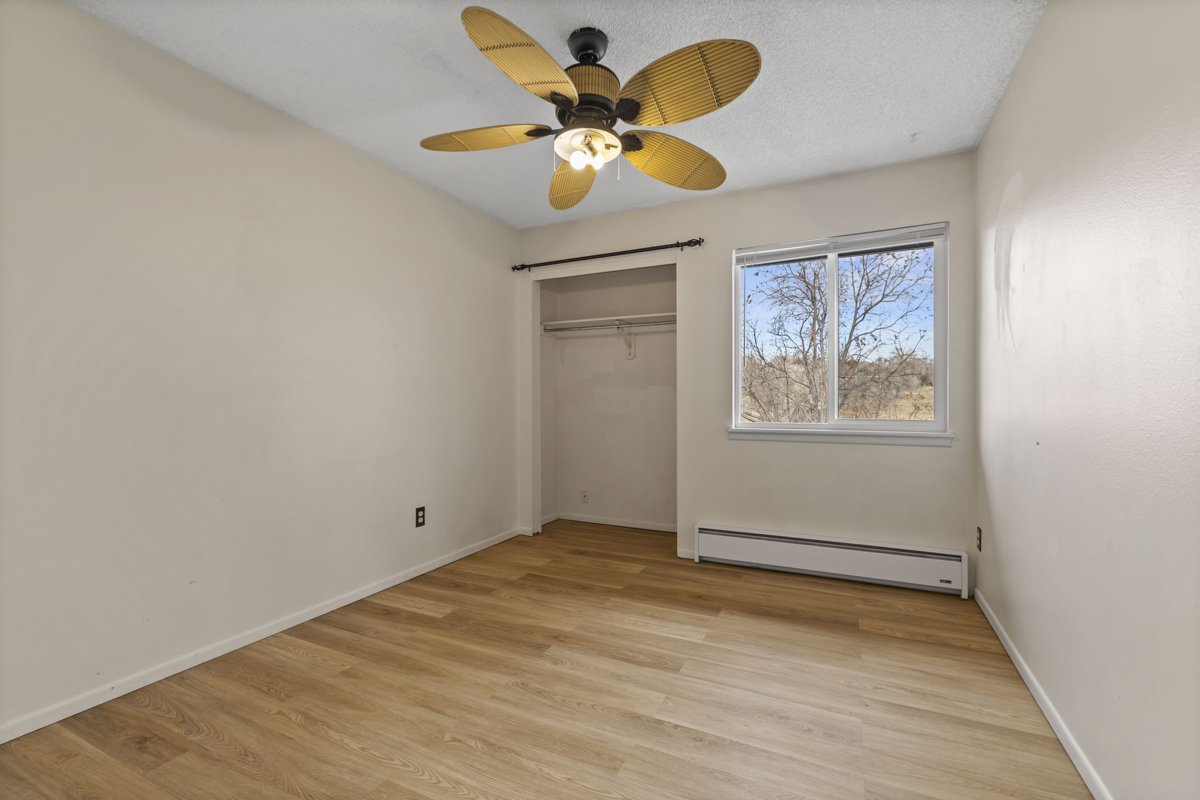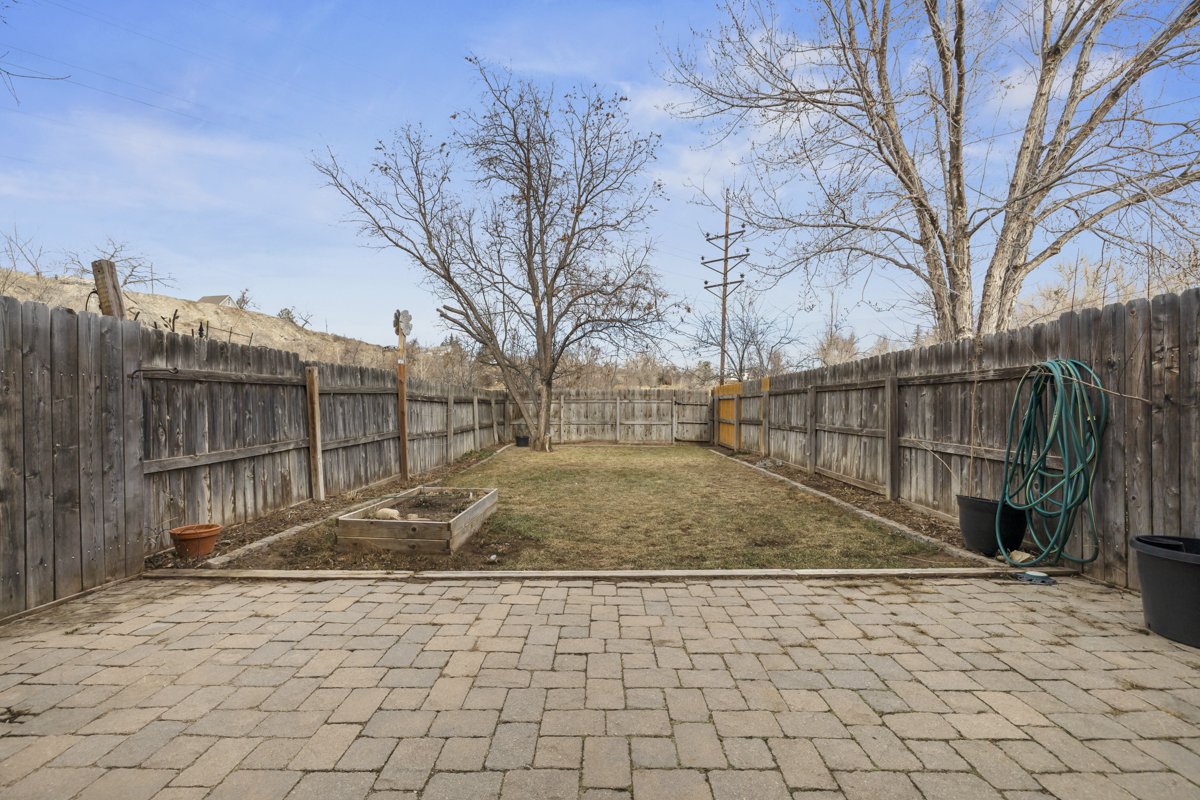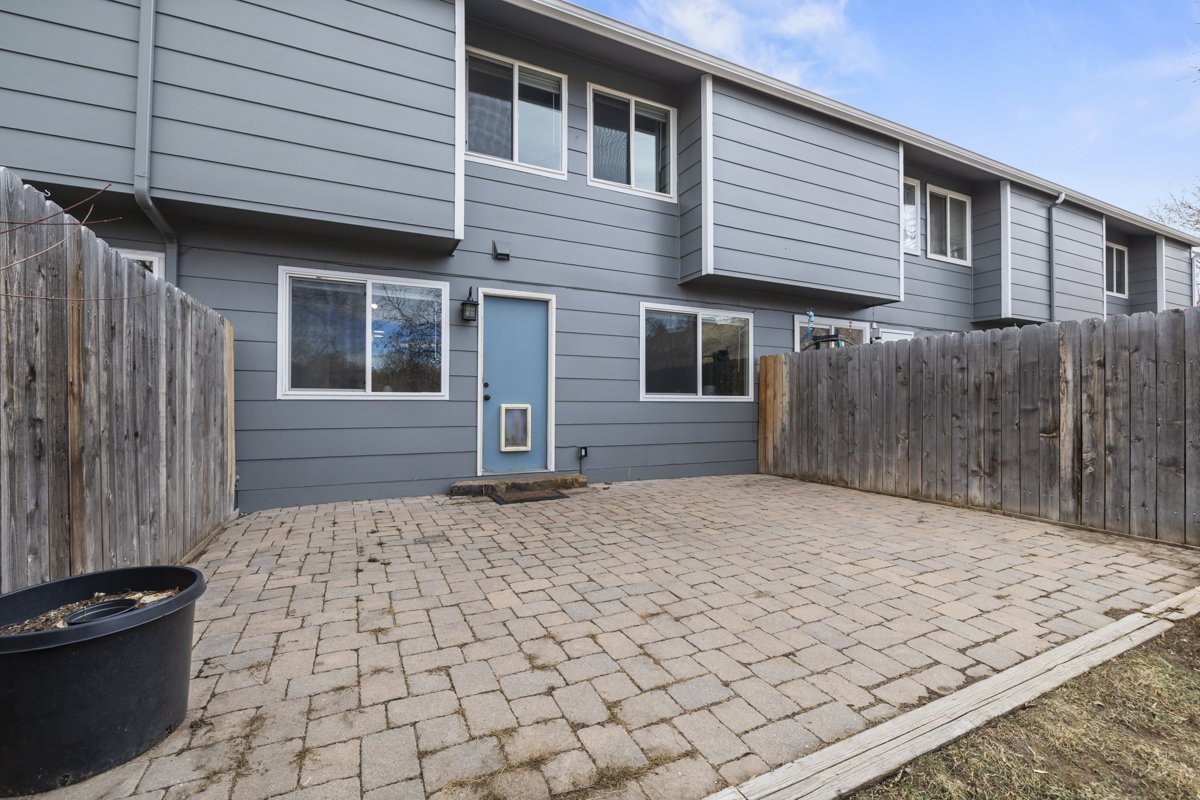When to sell your house is not always the easiest question to answer.
Most people don’t plan on living in their first (or second or maybe even third) home forever, but knowing when the time is right to put your home on the market can be tricky.
In fact, selling a home can feel kind of like breaking up with a longtime partner. Deep down, you knew you wouldn’t be with that person forever—but ending things can be way easier said than done.
Sometimes life changes force the issue and bring a decision to a head: There’s little reason for self-doubt or angst if you’re relocating to another state for a job or you know your newborn twins won’t fit in your one-bedroom bungalow. But without a pressing reason staring you in the face, it can be hard to know when to sell your house.
So how do you know when it’s the right time to let go? Here’s what the professionals have to say on the matter.
1. You’re feeling cramped, and you can’t add on
Your family might not be growing, but that doesn’t mean your lifestyle still fits in your current house.
If you’ve started working from home, for example, or you’ve adopted an extended family of indoor cats—or maybe you’ve just never gotten over your dream of having a sewing room—your house might be too small.
But before you jump to conclusions, see if paring down your possessions works to free up some space.
Another option might be to finish an attic or basement, add another room, or even add a whole story to your home. But, of course, that won’t work for everyone.
“If your property isn’t large enough or your municipality doesn’t allow it, moving to a bigger home may be your best option,” says Will Featherstone, founder of Featherstone & Co. of Keller Williams Excellence in Baltimore, MD.
To decide which route to take, check your local building laws and get estimates from two or three contractors. It also wouldn’t hurt to check with your real estate professional. Sometimes adding on won’t increase the value of a home, and you don’t want to make big-time improvements that will bring only a small-time return on your investment.
2. You have too much space
On the other hand, perhaps you’re feeling overwhelmed by vacant rooms and silence. (Hello, empty nesters!)
“In this case, it no longer makes sense to have, say, four bedrooms and a basement,” Featherstone says. If you are rattling around a too-large home, it may be time to downsize.
Saying goodbye to a family home can be difficult, but you should consider how feasible it is to stay. If yardwork and house upkeep are getting to be a little too much, or soaring utility bills are cramping your style, it might make more sense to move.
3. You’re over the neighborhood
Maybe you can no longer deal with the rigid rules of your homeowners association, or perhaps your neighbors turned their house into a rental for frat guys. Whatever the reason, neighborhood dynamics can change dramatically over time.
And sometimes, you can change. Maybe the 40-minute commute to work didn’t seem like such a big deal the first few years, but now you’re dreading it every day. Or your kids are getting older, which can be a big problem if you’re not in the right location.
“If you can’t afford a private school system, you are limited to one school for your children,” Featherstone says. “Moving may be a benefit to your child’s education.”
4. Remodeling won’t offer a return on your investment
Giving your kitchen or bathroom a face-lift can make your house feel like new again, which might be all you need to decide you want to stay put for years. But that doesn’t mean it’s a financially sound decision.
“Before making significant improvements, you should really study the neighborhood and know the highest price point of your neighborhood,” Featherstone says.
If your home is already similar in style and condition of some of the priciest homes in the neighborhood, remodeling might be a bad idea, and you should consider selling instead.
5. When to sell your house? When you can afford to sell
Sure, you’re going to make money when you actually sell your house, but as the adage goes, it takes money to make money. So seller beware: You probably won’t be sitting around and waiting for the dollars to roll in.
“Before you consider selling, you should have the funds available to prepare your home for sale,” Featherstone says.
Most sellers need to make some minor improvements such as painting, landscaping, or updating flooring to get a good price on their home. Those costs will come out of your pocket at first, so it’s a good idea to have a cushion before you start.
6. You’re ready to compete
If you’re living in a seller’s market, you might be enticed to offload your home before things cool off. But don’t forget—once you sell, you’ll probably be a buyer, too.
“If your market is hot, your home may sell quickly and for top dollar, but keep in mind the home you buy also will be more expensive,” Featherstone says.
If you’re going to get out there, you should make sure you’re ready to compete.
Related Links
If there is a home that you would like more information about, if you are considering selling a property, or if you have questions about the housing market in your neighborhood, please reach out. We’re here to help.
Search Homes in Colorado
Search Homes in North Carolina
Search Homes in Oklahoma
Search Homes in Oregon
Search homes in Minnesota


